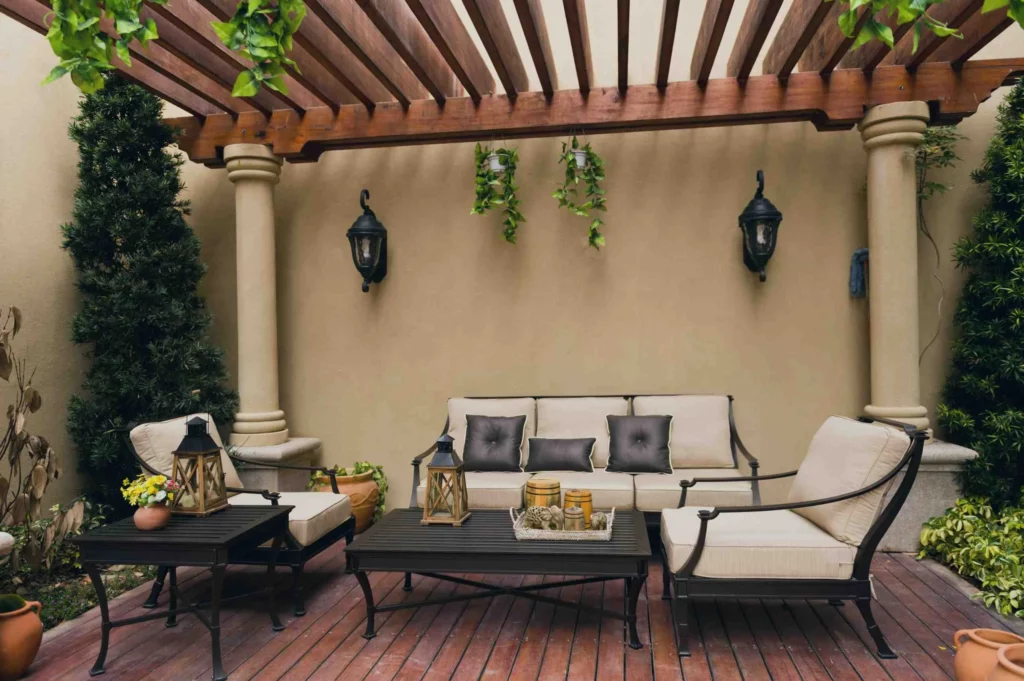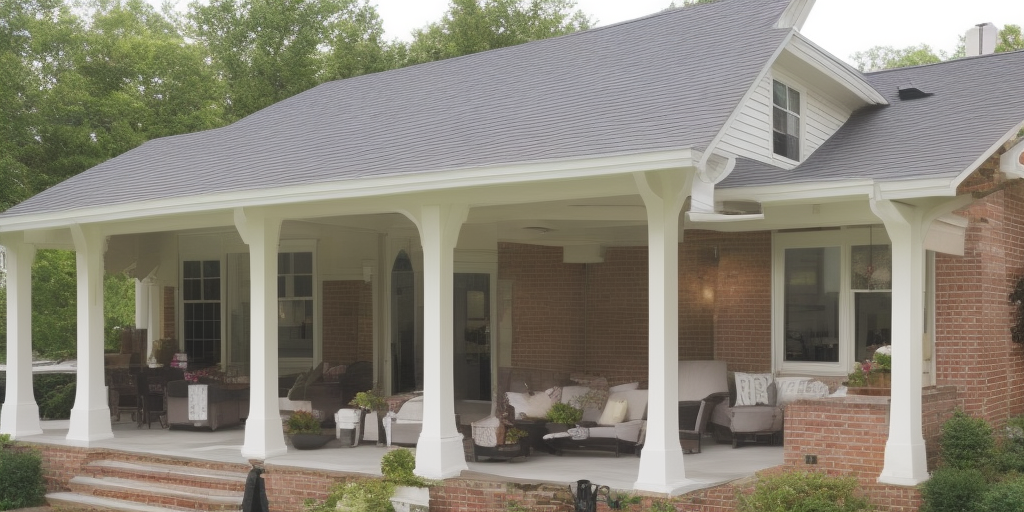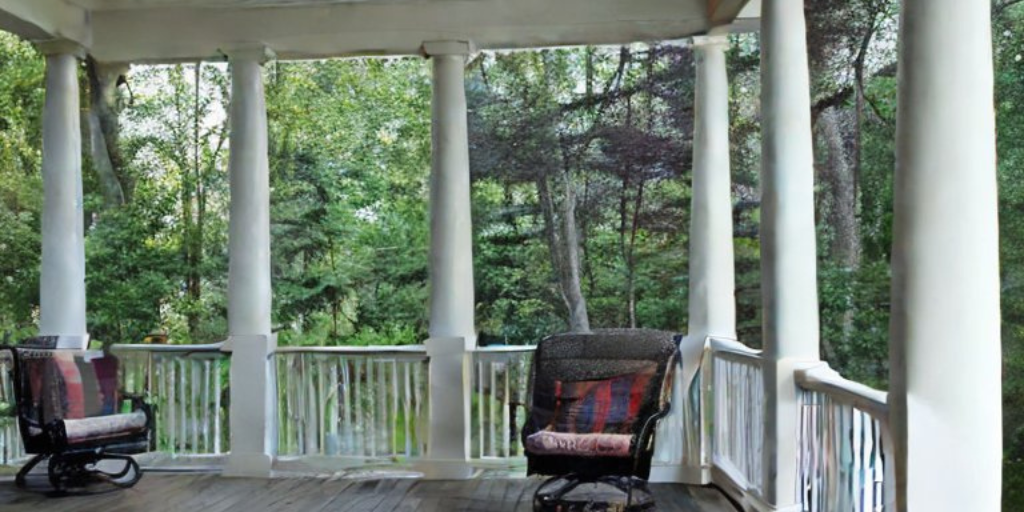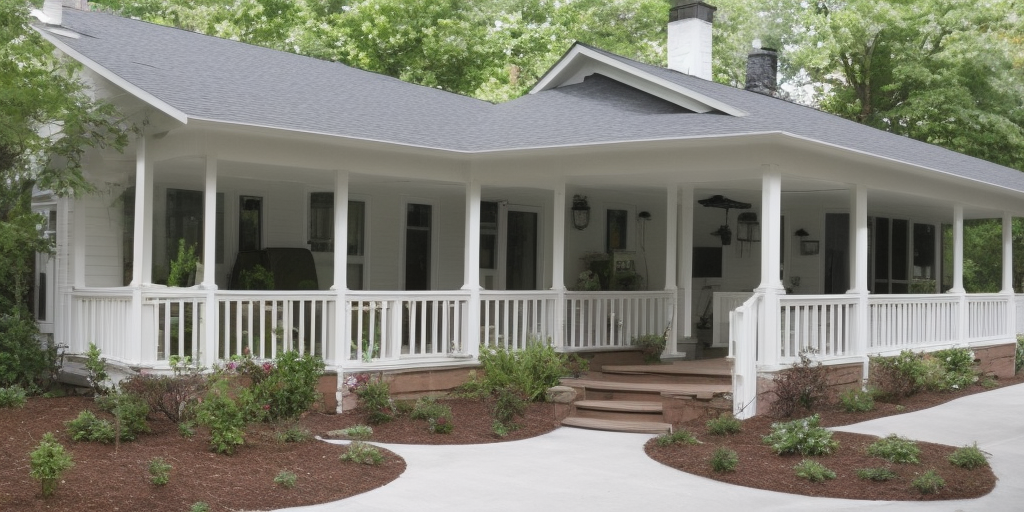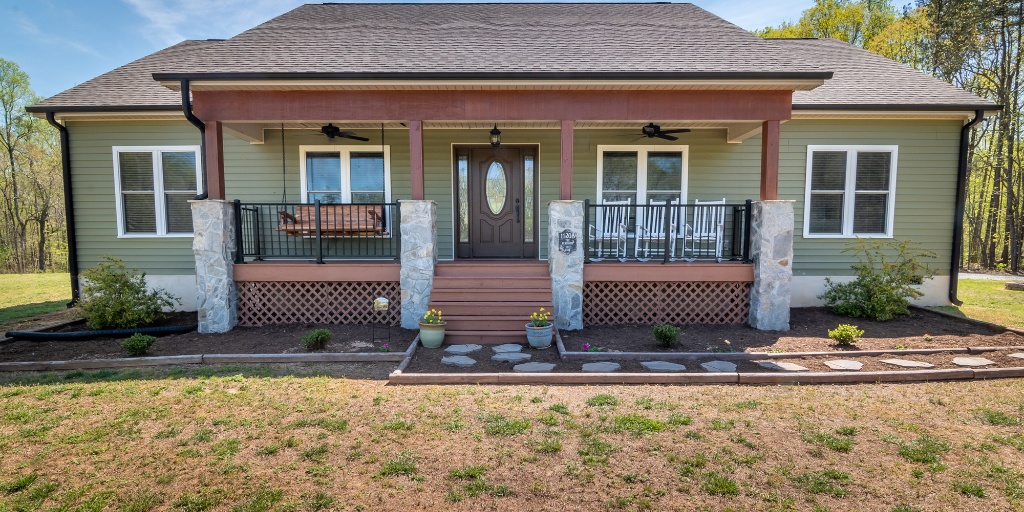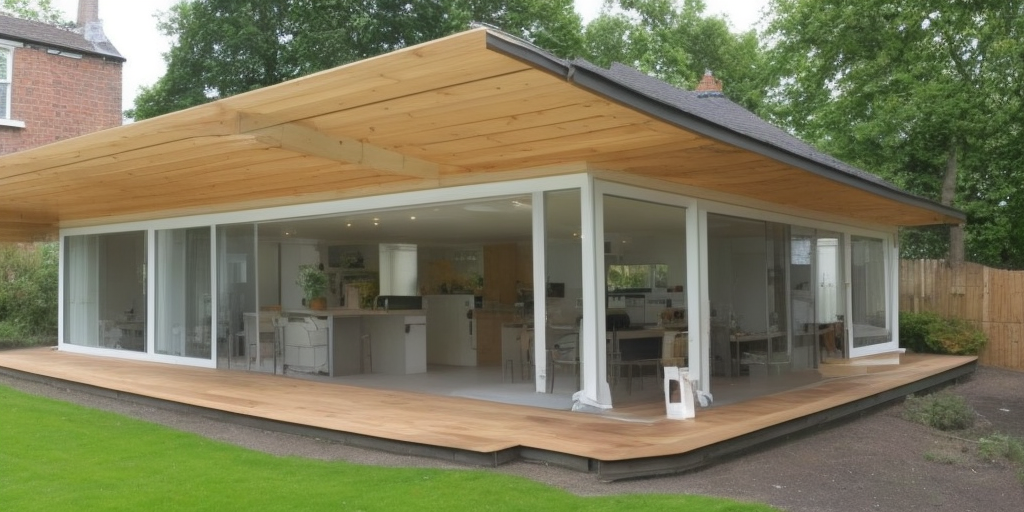Your patio is a valuable extension of your home, providing a space for relaxation, entertainment, and connection with nature. However, like any other outdoor structure, patios require regular maintenance and occasional repairs to keep them safe, functional, and visually appealing. In this blog post, we’ll discuss essential patio repairs and maintenance tasks to help you preserve your outdoor oasis and ensure years of enjoyment.
1. Inspection and Cleaning
Contents
Regular inspection and cleaning are fundamental to maintaining your patio and identifying potential issues before they escalate. Start by thoroughly inspecting your patio for signs of damage, such as cracks, chips, loose pavers, or uneven surfaces. Pay attention to areas prone to water accumulation, as this can lead to deterioration over time.
Once you’ve completed your inspection, clean your patio to remove dirt, debris, and stains that can detract from its appearance and compromise its integrity. Use a broom, leaf blower, or pressure washer to remove surface debris, followed by a gentle scrubbing with a mild detergent and water solution to remove stains and grime.
2. Repairing Cracks and Chips
Cracks and chips are common issues that can occur on concrete, stone, or paver patios due to factors such as weathering, settlement, or heavy foot traffic. Left unaddressed, cracks can worsen over time and compromise the structural integrity of your patio. Fortunately, repairing minor cracks and chips is a relatively simple and inexpensive task.
To repair cracks and chips in concrete or stone patios, start by cleaning the affected area thoroughly and removing any loose debris or particles. Fill the crack or chip with a high-quality concrete patching compound or epoxy resin, following the manufacturer’s instructions carefully. Use a trowel or putty knife to smooth the patch and ensure it’s level with the surrounding surface. Allow the patch to cure completely before walking or placing furniture on the repaired area.
3. Replacing Damaged Pavers or Stones
If your patio is constructed with individual pavers or stones, you may encounter issues such as shifting, sinking, or cracked pavers over time. While minor shifting or settling is normal and can often be corrected with simple adjustments, damaged or broken pavers may need to be replaced to maintain the structural integrity and aesthetic appeal of your patio.
To replace damaged pavers or stones, start by carefully removing the affected pavers using a pry bar or screwdriver. Clean the area beneath the removed pavers to ensure a smooth, level surface for the replacement pavers. Insert the new pavers into place, ensuring they fit snugly and are level with the surrounding pavers. Use a rubber mallet to tap the pavers into position if necessary. Once all the replacement pavers are installed, fill any gaps with sand or gravel to stabilize the patio surface.
4. Sealing and Waterproofing
Sealing and waterproofing your patio is essential for protecting it from the elements and prolonging its lifespan. Sealing helps prevent moisture penetration, UV damage, and staining, while also enhancing the color and appearance of your patio surface. The frequency of sealing depends on factors such as the type of material used, climate, and level of foot traffic, but as a general rule, most patios should be resealed every 2-3 years.
Before sealing your patio, ensure that the surface is clean, dry, and free of any debris or stains. Apply a high-quality penetrating sealer or acrylic-based sealant using a sprayer, roller, or brush, following the manufacturer’s instructions carefully. Allow the sealer to penetrate the surface and dry completely before walking or placing furniture on the patio.
5. Addressing Drainage Issues
Proper drainage is essential for preventing water damage and prolonging the life of your patio. Poor drainage can lead to issues such as standing water, soil erosion, and damage to the patio surface and foundation. If you notice areas of standing water or excessive runoff on your patio, it’s essential to address the drainage issues promptly to prevent further damage.
To improve drainage on your patio, consider installing surface drains, French drains, or channel drains to redirect water away from the patio surface. Ensure that downspouts and gutters are properly directed away from the patio to prevent water from pooling around the foundation. Additionally, consider grading the surrounding landscaping to slope away from the patio, allowing water to flow freely and prevent runoff onto the patio surface.
6. Treating Mold and Mildew
Mold and mildew can thrive in damp, shaded areas of your patio, leading to unsightly stains, unpleasant odors, and potential health hazards. To prevent mold and mildew growth, keep your patio clean and dry, and ensure that it receives adequate sunlight and airflow. If you notice signs of mold or mildew on your patio, it’s essential to address the issue promptly to prevent it from spreading.
To treat mold and mildew on your patio, start by thoroughly cleaning the affected area with a solution of bleach and water or a commercial mold and mildew cleaner. Scrub the surface gently with a brush or sponge to remove the mold and mildew stains, then rinse the area thoroughly with clean water. Allow the patio to dry completely, and consider applying a mold and mildew inhibitor or sealer to prevent future growth.
7. Updating and Enhancing Your Patio
In addition to essential repairs and maintenance tasks, updating and enhancing your patio can breathe new life into your outdoor space and create a more enjoyable and functional environment. Consider adding features such as:
Outdoor Furniture: Invest in high-quality outdoor furniture that is comfortable, durable, and stylish. Choose pieces that complement your patio design and provide ample seating and lounging options for relaxing and entertaining.
Shade Structures: Install shade structures such as pergolas, awnings, or umbrellas to provide relief from the sun and create a comfortable outdoor environment. Consider options with retractable covers or adjustable louvers for added flexibility and control over shade and sunlight.
Lighting: Incorporate outdoor lighting to enhance the ambiance and functionality of your patio. Choose a mix of overhead, task, and accent lighting to illuminate different areas and create a warm and inviting atmosphere. Options include string lights, lanterns, sconces, and pathway lighting.
Decor and Accessories: Personalize your patio with decor and accessories that reflect your style and personality. Add elements such as outdoor rugs, throw pillows, planters, and artwork to add color, texture, and visual interest to your outdoor space. Consider repurposing items from inside your home or shopping for unique pieces at thrift stores, flea markets, and garden centers to create a one-of-a-kind patio that truly feels like your own.
Maintaining your patio is essential for preserving its beauty, functionality, and longevity. By regularly inspecting and cleaning your patio, repairing minor issues, sealing and waterproofing the surface, addressing drainage problems, treating mold and mildew, and updating and enhancing the space as needed, you can ensure that your outdoor oasis remains a welcoming and enjoyable retreat for years to come. Whether you’re relaxing with a book, hosting gatherings with friends, or simply enjoying the beauty of nature, a well-maintained patio provides the perfect setting for creating lasting memories and enjoying the outdoor lifestyle.
